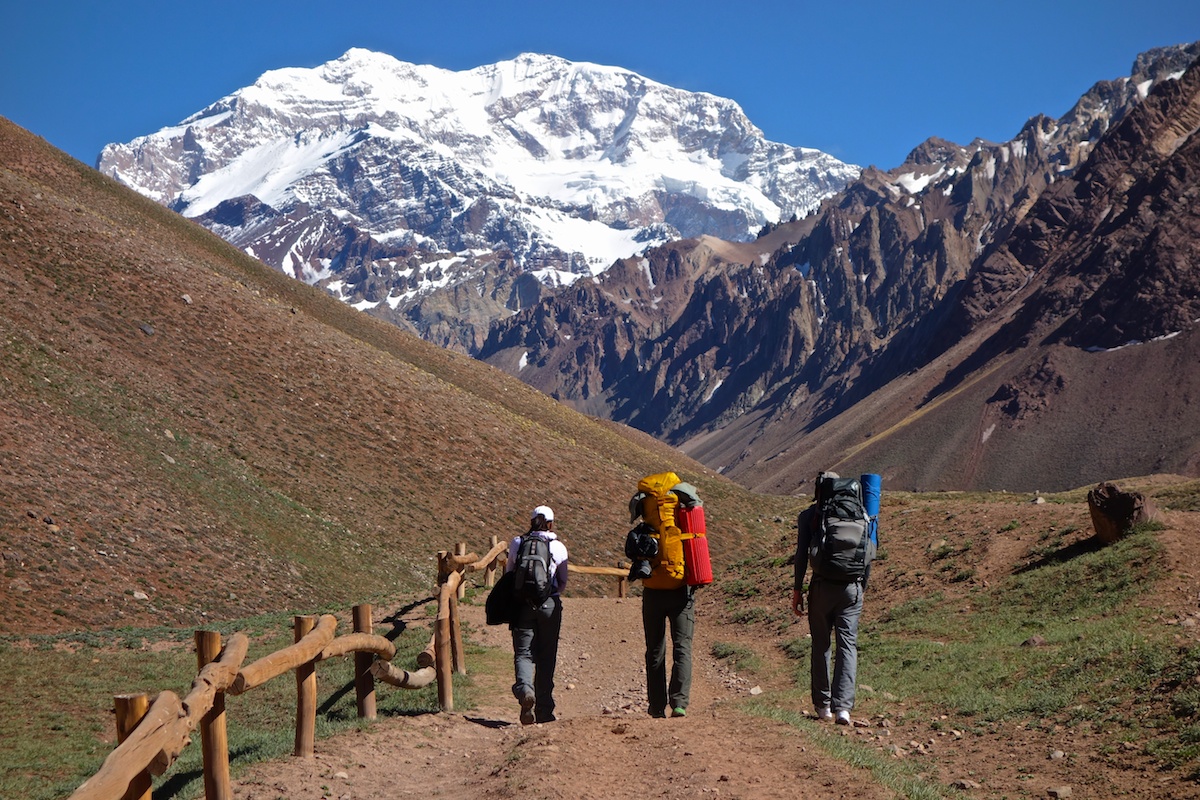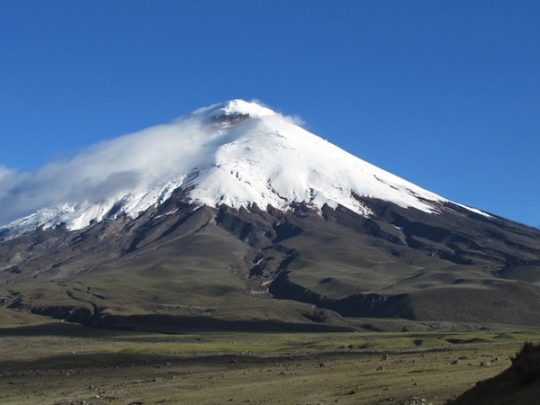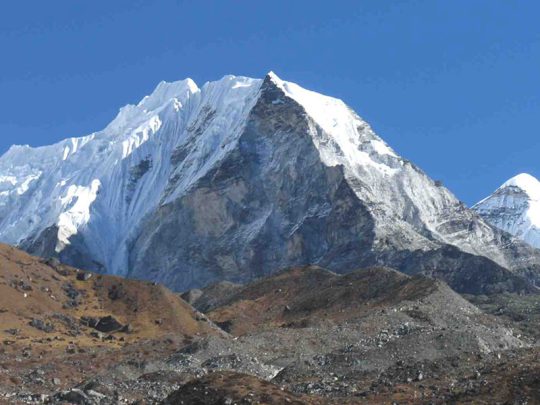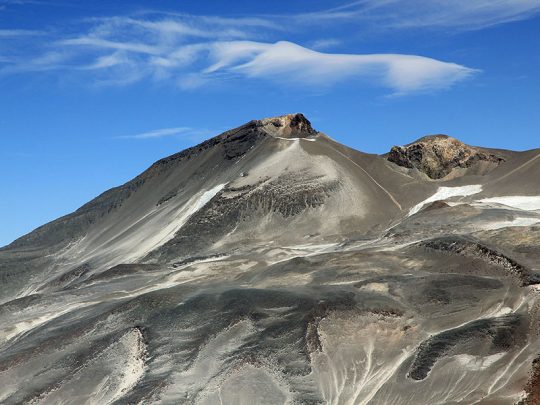- Guides
- B2B
-
Climbs
-
Climb Elbrus
- Elbrus individually
- Elbrus from the South, 9 days
- Elbrus from the South, 7 days
- Elbrus from the South in 1 day
- Elbrus from the North
- Elbrus Two Summits
- Elbrus Traverse South to North
- Elbrus Traverse North to South
- Elbrus "Cross" from South
- Elbrus "Cross" from North
- Kazbek+Elbrus
- Elbrus from the West
- Elbrus by helicopter
- Elbrus holidays, 9 days
- Elbrus holidays, 7 days
- Tinder Tour: Climbing Mount Elbrus
- Climb Elbrus from the South, 9 days with Sergey Baranov
- Under 5000 m
- 5000+ meters
- 6000+ meters
- 7000+ meters
- 8000+ meters
-
Climb Elbrus
-
Trekking
-
See 8000m
- K2 base camp
- Everest base camp
- Everest base camp via Gokyo
- Everest base camp in a week
- Annapurna circuit
- Trekking the Manaslu Circuit
- Trekking to Kanchenjunga Base Camp
- Trekking to Kanchenjunga Base Camp (Short)
- Trekking to Kanchenjunga Base Camp (India)
- Trekking to Makalu Base Camp
- Trekking to Annapurna BC
- South America
- Asia
- Africa
- Russia
- Europe
-
See 8000m
-
Adventures
-
Africa
- Tour to Morocco for New Year
- Morocco: Toubkal and the mysteries of the Sahara
- Tour to Eritrea: Dahlak Archipelago and Rashaida Nomads
- Tour to Rwanda: Mountain Gorillas and Mount Bisoke
- Ethiopia
- Tour to Uganda: Queen Elizabeth National Park and Mountain Gorillas
- Safari Tanzania
- Safari Uganda
- Tour to Zimbabwe and South Africa: Victoria Falls, Cape Town, and Cape of Good Hope
- Namibia
- Safari Kenya
- Tour to Botswana: Okavango Delta and Chobe National Park
- South America
- Asia
-
Africa
- Ski-touring
- VIP
- Useful
- About
Climb Aconcagua, 7 days

- Height (m)
- 6957
- Duration
- 7 days
- Difficulty
- Moderate
- Continent
- South America
- Children
- No
- Accomodation
- There are tents
4000 $
Why to go with us?
Temporarily unavailable
This is the shortest Aconcagua ascent program which is suitable only for those who have ascended above 5,500 the day before. Usually, this program is used as a supplement to Ojos del Salado ascent or volcanoes of Ecuador ascent. Sometimes this program is combined with Kilimanjaro ascent, which is especially successful if the program included an overnight stay in the crater of Kilimanjaro. According our experience "Aconcagua in 7 days" program can be made even shorter by using a helicopter. Thus, it is possible to keep within 3-4 days instead of the usual seven.
НаверхAbout the tour
- In the 2016/2017 season we have combined expeditions so that you can acclimatise by climbing Aconcagua (14 day program) and then climb the Ojos del Salado, or do a full program of climbing the Ojos del Salado (17 days) and add 7 days of climbing Aconcagua.
- The altitude of Aconcagua is 6957 metres, which, despite the ease of the route, makes you think about full acclimatisation. Especially if you plan a 7-day program. In this case, even Himalayan climbers won’t be able to manage without acclimatisation because the route is too long and too high. Even the Aconcagua base camp is at the same altitude as the middle base camp in the Himalayas – 4350m. If you choose this program, think carefully about where and how you will acclimatise, and how quickly you can get to Aconcagua from any other mountain, as an extra week in the lowlands can be critical for haemoglobin levels in the blood. At the same time, do not forget the obligatory medical examination on Aconcagua, which includes an oxygen measurement. If the level seems insufficient to the doctor, the only chance to get out of the climb is to write a refusal from the National Park responsibility for your stay on the mountain. In other words, in the event of an evacuation, you will be responsible for all the costs, which can be considerable.
Aconcagua 7 day climbing program.
Day 1. Arrival in Mendoza (working day before noon or Saturday morning before 9.00). Obtaining the permit for Aconcagua. Transfer to the entrance of the National Park (Laguna Horcones) and walk to the confluence (3300m, 2-3 hours). Dinner and instructing the group. Camping.
Day 2. Long jump (8-9 hours) from the main base camp Plaza de Mulas (4350m). The trail follows the wide valley of Playa Ancha. Camp.
Day 3. Crossing from Plaza de Mulas to Nido de Condores camp (5600m).
Day 4. Ascent from Nido de Condores (5600m) to camp 3 (Cholera, 6000m).
Day 5. Climb to the summit of Aconcagua (6957m), descent to camp 3 (6000m).
Day 6. Reserve day in case of bad weather.
Day 7. Descent to the Plaza de Mulas base camp. Trek from the base camp to the Laguna de Horcones. Transfer to Mendoza. Relaxation and farewell dinner.
The cost of Aconcagua ascent doesn’t include:
- International flights
- Climbing permit
- Porters
- Personal equipment
- Additional costs due to deviations from the program
- Medical insurance and accident evacuation costs
- Personal expenses (drinks, internet, phone calls, etc.)
- Any costs related to program changes
- Any costs caused by the changing of the programs
Insurance
НаверхEquipment for the Aconcagua climb:
Скачать PDFDocuments:
- Valid passport.
- Flight tickets.
- Medical insurance.
Personal equipment:
- Backpack. 50-60l.
- Sleeping bag, comfort temperature from -25C to -15C.
- Sleeping mattress.
- Trekking poles.
- Crampons, can be aluminium.
- Ice axe. Classic, on a lanyard. Can be lightweight or combined with a ski pole.
- Helmet.
- Harness.
- Carabiners, 3 pieces.
- Cup-Spoon-Bowl.
Clothes and footwear:
- Mountaineering Double or triple boots. Double: plastic or leather. For plastic we recommend Scarpa Vega – they seem to be the warmest of the double boots.
- Trainers or trekking boots. Ideally both. Sneakers for the base camp trail, light boots for the acclimatisation exit and base camp. You can also just have trainers.
- Waterproof layer – jacket + trousers. The industry offers a wide range of products, from simple 5000/5000 membranes to Gore-Tex products.
- Fleece suit.
- Thermal underwear layer – top and bottom.
- Thick and warm down coat.
- Thick gloves.
- Thin gloves.
- Bandana (in addition to protecting you from the sun in the valley, can be used to warm your neck or face in the cold).
- A cap.
- Warm trekking socks for the day of the climb.
Miscellaneous:
- LED headlamp.
- A pair of sunglasses.
- Ski goggles.
- 1L thermos. Preferably without a button on the lid.
- Windproof mask for the lower part of the face (can be partially replaced by a scarf).
- Gaiters.
- Sun block and lip balm.
- Chemical heaters (not essential, but can be very useful).
- Personal first aid kit.
- Elastic bandage and/or support bandage.
You may also like
-
 4,500 $
4,500 $Climb Aconcagua, 12 days
- Height (m)
- 6957
- Duration
- 12 days
- Difficulty
- Moderate
- Continent
- South America
-
 3,900 $
3,900 $Climb Chimborazo and Cotopaxi
- Height (m)
- 5897, 6384
- Duration
- 11 days
- Difficulty
- Moderate
- Continent
- South America
- Children
- From 14 years old
- Accomodation
- Hotels only
-
 3,129 $
3,129 $Climb Island peak
-
 6,000 $
6,000 $Climb Ojos del Salado
- Height (m)
- 6893
- Duration
- 15 days
- Difficulty
- Moderate
- Continent
- South America
- Children
- From 14 years old
- Accomodation
- There are tents